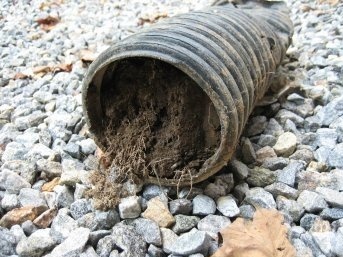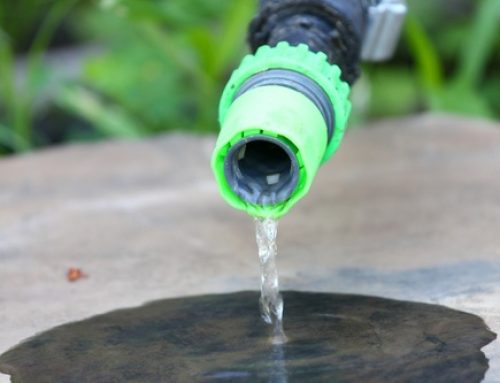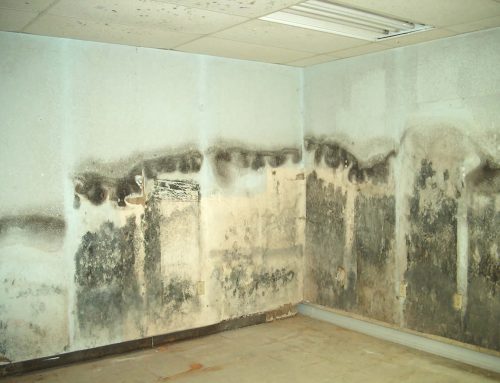Common French Drain Problems
 A French drain, also known as a land drain, is comprised of a ditch filled with stones or gravel. The ditch is meant to direct water from an undesirable location, i.e. the base of the residence.
A French drain, also known as a land drain, is comprised of a ditch filled with stones or gravel. The ditch is meant to direct water from an undesirable location, i.e. the base of the residence.
As long as the drain is angled correctly, from a high point in the ground to a low point, using these French drains can be a simple and helpful way to reroute water on a property. French drains may also result in a variety of downsides.
Have any questions or concerns? Get an answer from a professional now!
French Drain Clogged
When water seeps through the soil leading to the French drain, it often carries sediment into the drain as well. The water then deposits this sediment on the gravel as it flows through the ditch. Within time, this sediment build-up can slow the flow of water within the French drain or block the drain completely.
When this obstacle occurs, the water no longer drains properly and can lead to house flooding within or other spots on the property. Repairing this issue often requires digging up the entire French drain and replacing the gravel. Some French drain installations try to prevent this issue by utilizing a filter at the opening of the drain. When it clogs, the filter should be replaced.
Difficulty of French Drain Installation
Some French drains are designed along with the house, but most are installed after house construction. This usually happens in response to a wet basement or other concern. This sort of issue requires digging to the level of the footer outside the house, and also may require the property owner to get rid of shrubs, decks, porches and additional structures.
This digging could run into gas and water lines, electrical wires and sewage system pipes- all which present dangers. Likewise, it’s important not to dig too deep– if the drain is dug below the level of the footer, it might undermine the foundation, triggering the house to settle.
Sump Pumps French Drain Problem
 French drains installed on the interior of the home for lower flooding require a sump pump to run correctly. This pump extracts the water outside and into the drain.
French drains installed on the interior of the home for lower flooding require a sump pump to run correctly. This pump extracts the water outside and into the drain.
Unfortunately, a pump contributes to the expense of installation, and many lower-end pumps have a brief life-span. Pumps set up without a battery backup will not operate in the time of a power outage.
French Drain Backflow
In areas with poorly-draining soils, draining water from a French drain into the conventional dry well might trigger some issues. When the soil becomes saturated, the well fills with water, sending out flow back up the French drain and into the home or original issue area. In such cases, it may be necessary to direct the drain into the street storm drains or an additional area.
Many homeowners prefer to tie their French drains into a downspout, but as the residence settles over times, this approach may cease to work, triggering water to backup into the house.
Here the 11 most typical questions regarding french drain problems that our customers search for:
[DDET click to expand]
- What is an underground spring?
- What is a French drain used for?
- What is surface drainage system?
- Yard drain problems
- Drain tile problems
- Dry well problems
- Sump pump problems
- French drain pipe
- French drain review
- Do i need a french drain
- French drain outlet
French Drain Service
At AllStates Restoration, we know that not everyone has the time as well as energy to deal with French Drain Problems. We happy to tell you that we’re ready 24 hours a day, seven days a week, all year long to take your call and assist you.
To schedule French Drain inspection appointment, call 888-651-2532 or click here.



